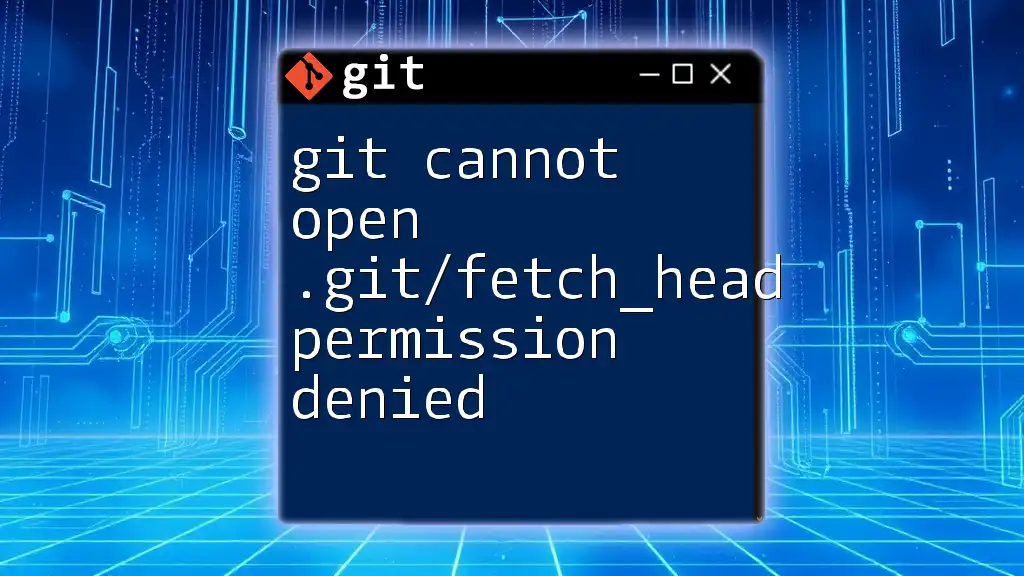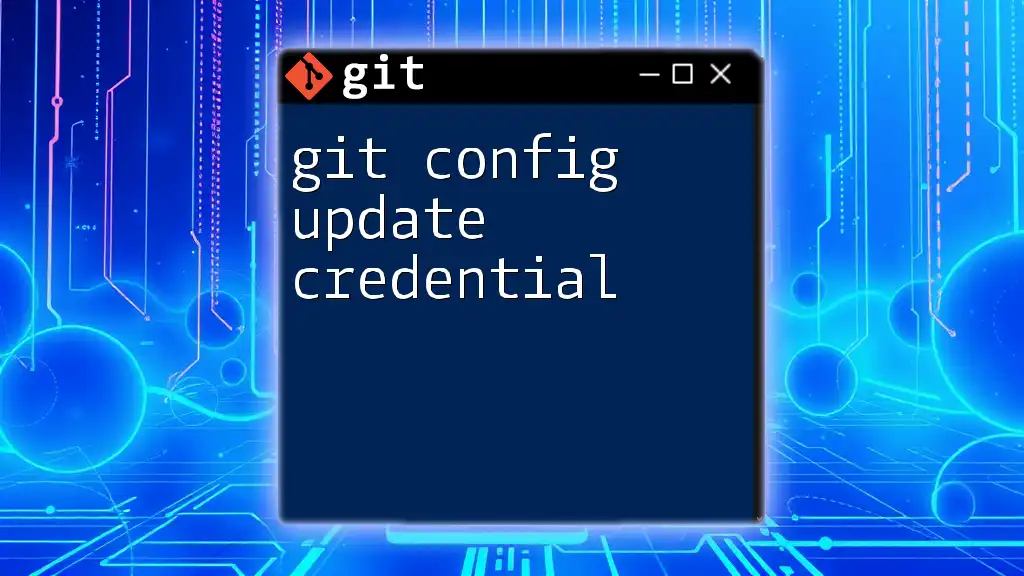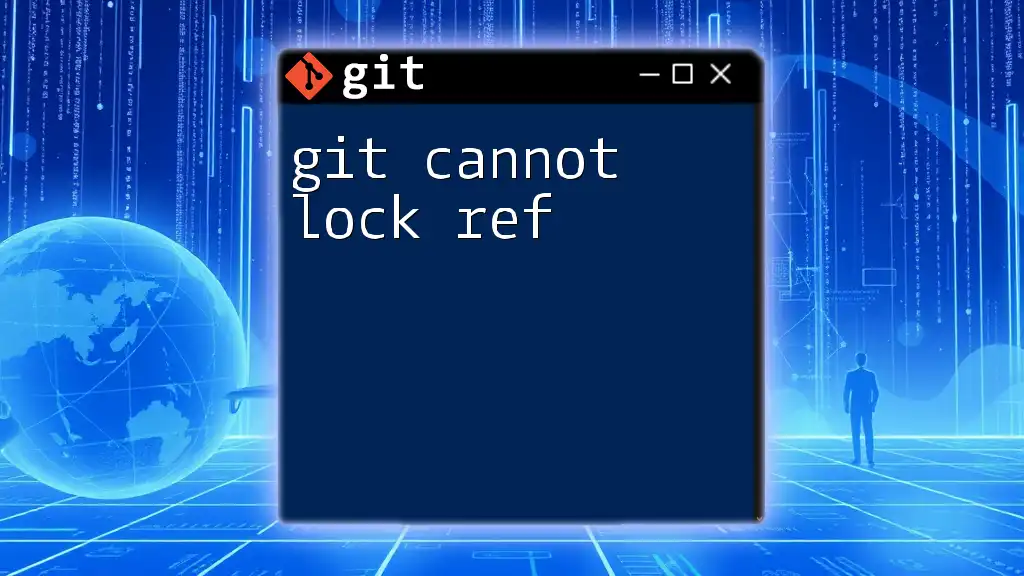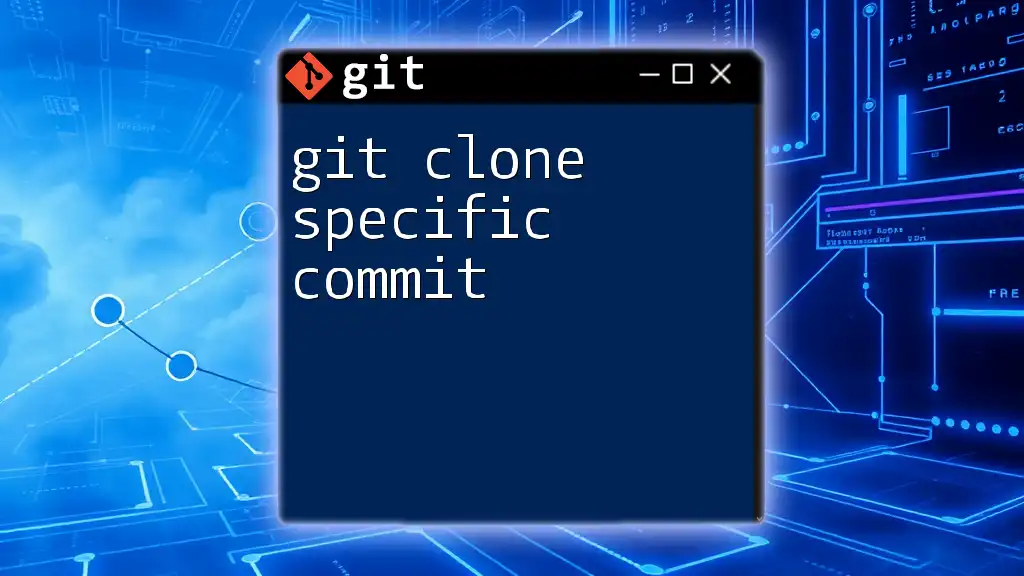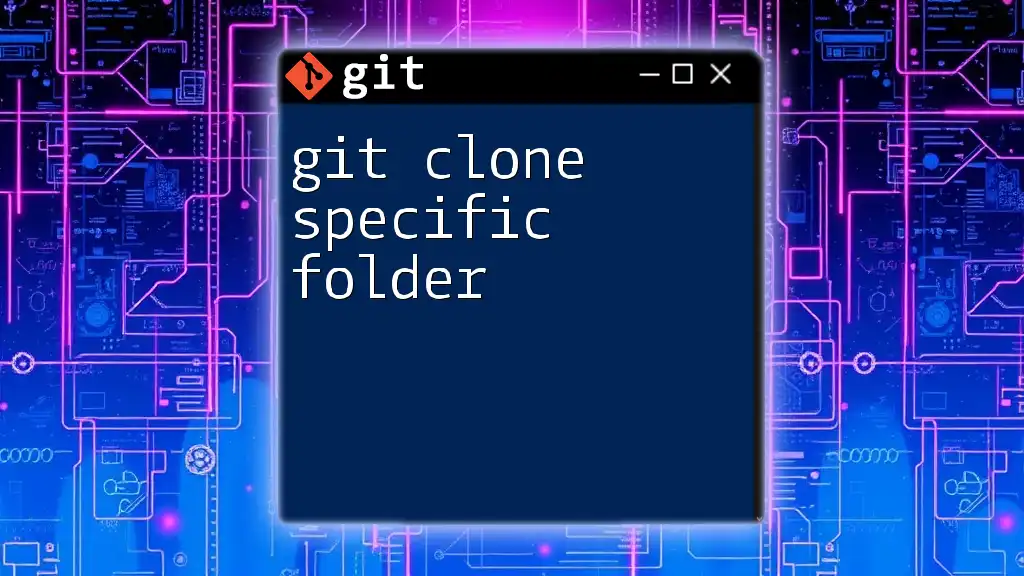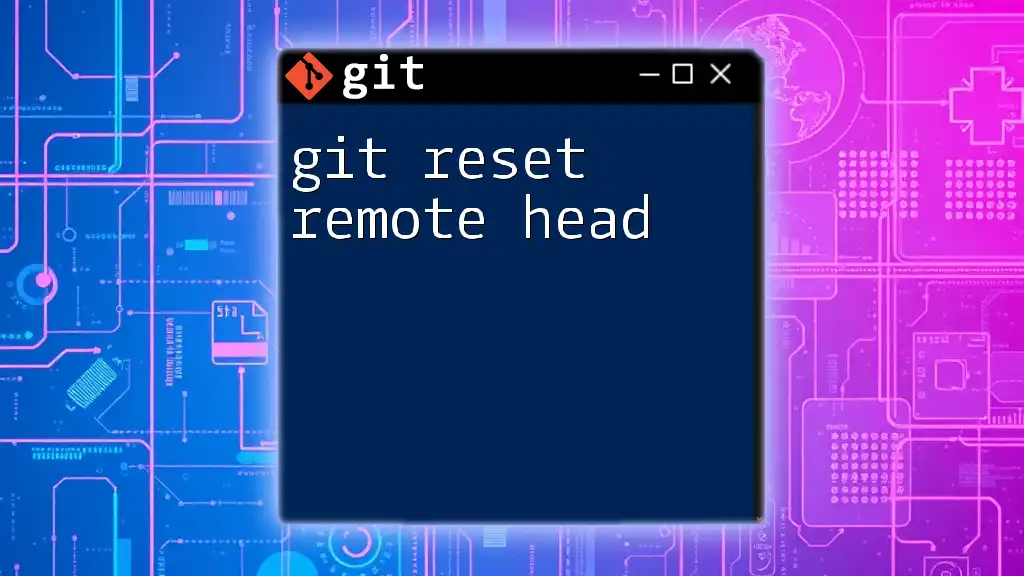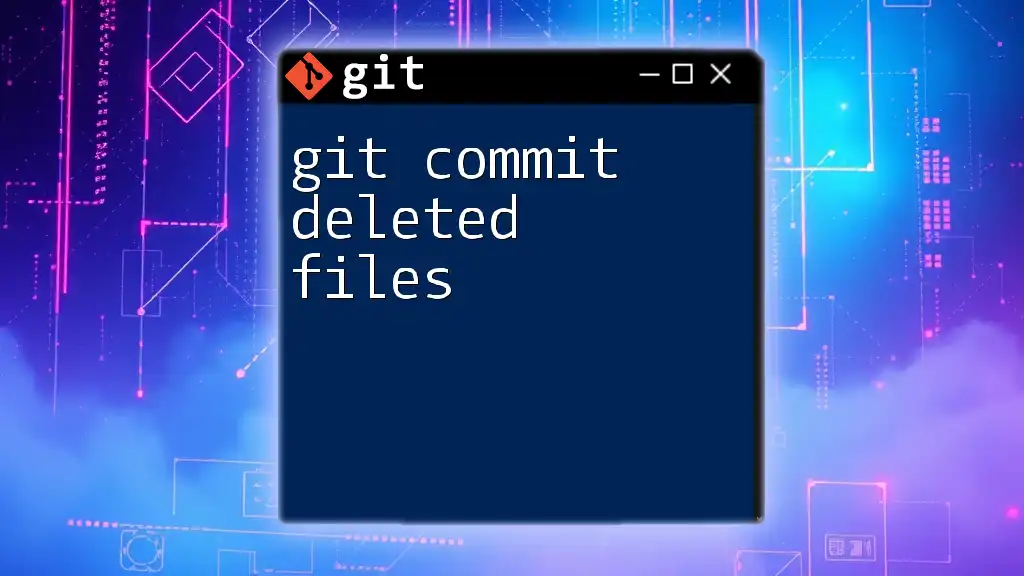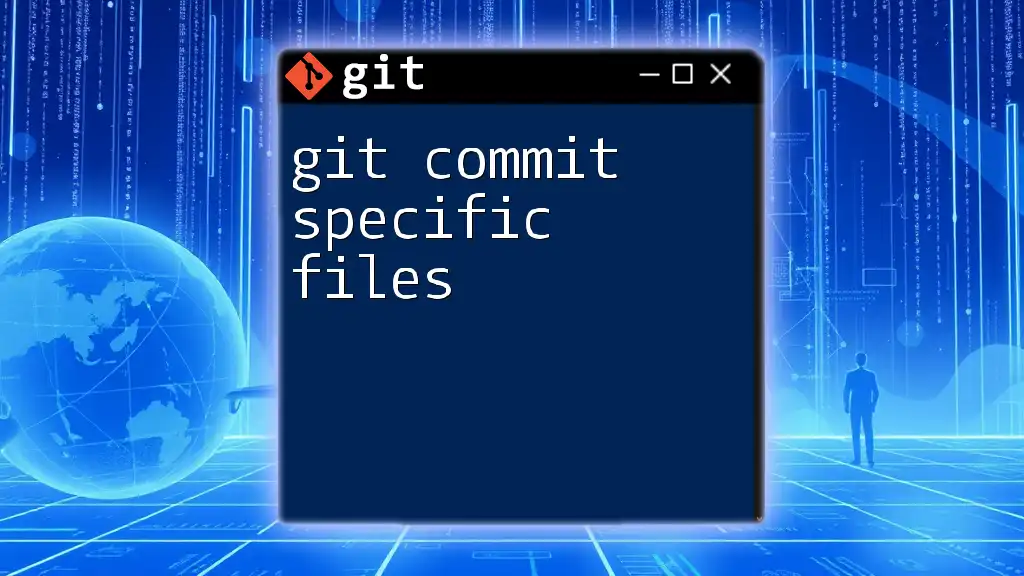The error "git cannot open .git/fetch_HEAD permission denied" typically occurs due to insufficient file permissions on the `.git` directory, and you can resolve it by modifying the permissions using the following command:
sudo chmod -R u+rwx .git
Understanding the Error: "git cannot open .git/fetch_head permission denied"
What is .git/fetch_head?
The `.git/fetch_head` file plays a crucial role in the internal workings of Git. It is a temporary file created during the fetch operation, containing information about the branches fetched from remote repositories. This file helps Git keep track of remote tracking branches and is essential for ensuring that local repositories are in sync with their remote counterparts.
The significance of `fetch_head` cannot be understated; it allows Git to manage remote branch updates efficiently. When you encounter the error message stating that Git cannot open this file due to permission denied, it typically indicates a problem with your user's access rights to the `.git` directory.
Common Scenarios for Permission Denied Error
Several factors may lead to the "git cannot open .git/fetch_head permission denied" error:
-
Insufficient permissions on the .git directory: If your current user account does not have the necessary read and write permissions for the `.git` directory, Git operations that rely on `fetch_head` will fail.
-
Conflicting user ownership or group settings: If the Git repository was initially created by a different user or belongs to a group that your user account is not part of, you may encounter permission issues.
-
Performance issues with remote repositories: Sometimes, temporary networking or access issues with remote repos can manifest as permission-related errors on your local setup.

Diagnosing the Problem
Step 1: Check Your Current User
Begin by confirming which user is attempting to access the repository. Run the following command to verify your current user:
whoami
It's important to note that Git operations performed under different user contexts can lead to permission problems. Make sure that the user executing the Git commands has the appropriate access rights to the directory.
Step 2: Verify Directory Permissions
Next, check the permissions of the `.git` directory by executing:
ls -ld .git
The output will provide crucial information about the user and group ownership, as well as permission settings (read/write/execute) associated with the `.git` directory. Here is how to interpret the permission bits:
- The first character indicates the type (d for directory).
- The next three characters represent the owner's permissions (read, write, execute).
- The following three represent the group's permissions, and the last three are for others.
If your user does not have the necessary read/write permissions for this directory or the `fetch_head` file, you'll need to remedy that.
Step 3: Investigate Environment Issues
In addition to permissions, there could be other environment variables or Git configurations affecting your ability to access the `.git/fetch_head` file. Check for any relevant Git configurations by running:
git config --list
Look for any variables related to user roles or repository access to ensure everything is set up as intended.
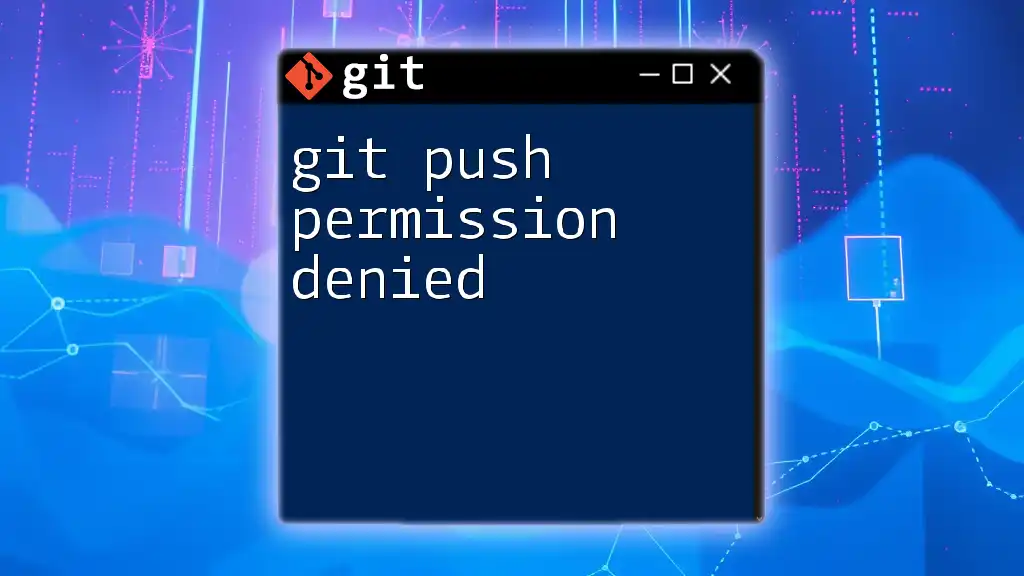
Fixing the Permission Denied Error
Changing File Permissions
Using chmod Command
If you discover that the permissions for `.git/fetch_head` are incorrectly set, you may need to adjust them. To give appropriate access, use:
chmod 644 .git/fetch_head
This command grants the owner read and write permissions while allowing read access for group members and others. It’s a safe adjustment that will allow Git to function properly without compromising security.
Recursive Permissions Change
In some cases, you may need to apply permissions recursively to all files and directories within `.git`. You can achieve this using:
chmod -R 755 .git
This command will give the owner full permissions while providing group and others with read and execute rights. This approach should be taken with caution to avoid overwriting sensitive permission settings.
Changing File Ownership
If permissions are not the issue, check the ownership of the `.git` directory. You may need to change it if the files are owned by a different user or group. To modify ownership, use:
chown -R username:groupname .git
Replace `username` and `groupname` with the appropriate user credentials. Proper ownership is crucial for Git workflows since they directly affect access rights.
Enabling Access for All Users (Not Recommended)
You may be tempted to run the following command to universally grant access:
chmod 777 .git
However, this command gives full read, write, and execute permissions to all users—something that poses significant security risks. Use this approach only as a last resort and ensure to revert to secure permissions immediately after resolving the issue.
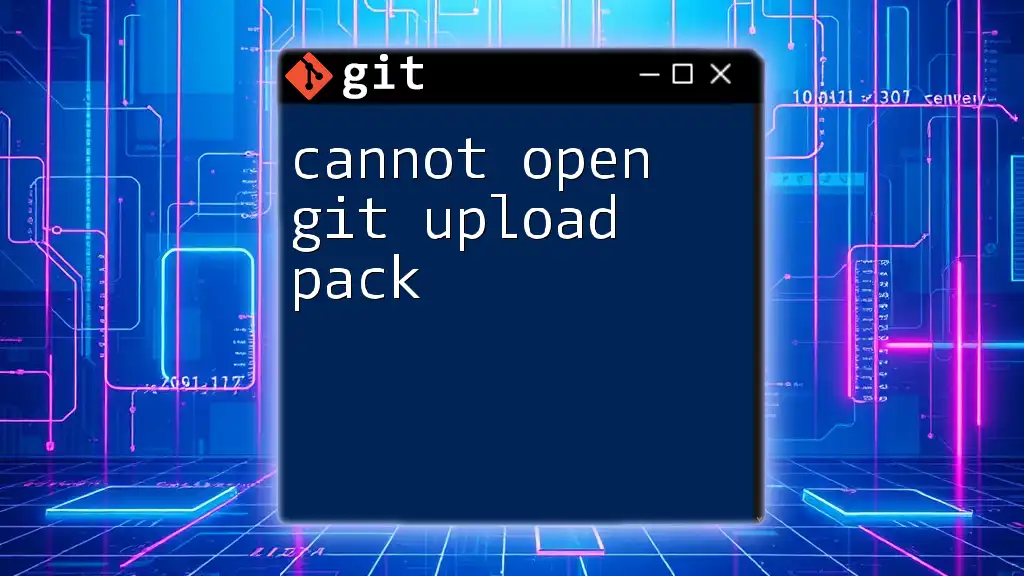
Preventative Measures
Best Practices for Managing Git Permissions
To avoid facing the "git cannot open .git/fetch_head permission denied" error in the future, make it a point to:
- Regularly audit user permissions on your Git repositories to ensure they align with your development practices.
- Avoid using root or administrative users for routine Git operations to minimize risk.
- Utilize SSH keys for user authentication, ensuring that only authorized users have access.
Setting Up Collaborative Access
In team environments, consider implementing best practices for collaborative access. This includes establishing a clear directory structure, configuring group permissions effectively, and utilizing Git hooks and access management tools to manage user access seamlessly.
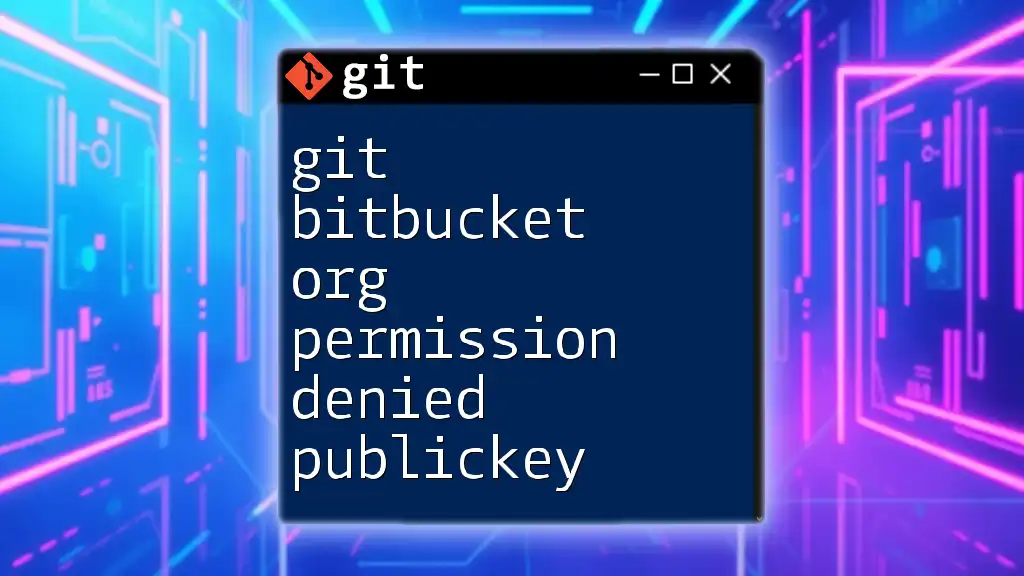
Conclusion
By following the outlined steps, you can effectively troubleshoot and resolve the "git cannot open .git/fetch_head permission denied" error. Proper permissions and ownership settings are vital to a smooth Git workflow. Regular maintenance and audits of file permissions will help ensure that your Git operations remain uninterrupted.
Additional Resources
For further assistance, consult the Git documentation for detailed commands and explanations, or visit community forums where you can share your experiences and solutions with others facing similar issues.

